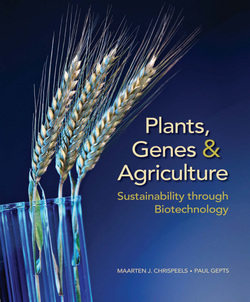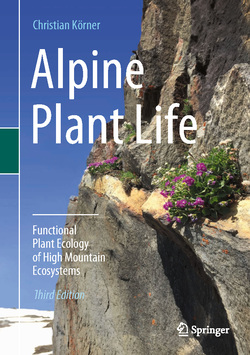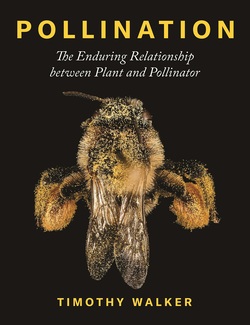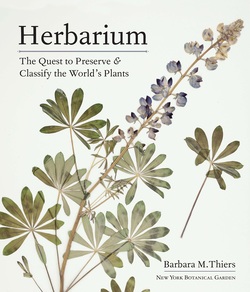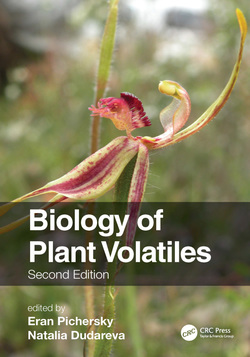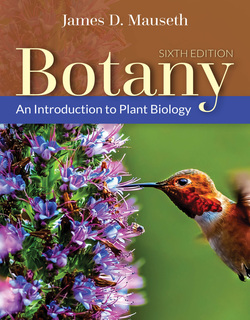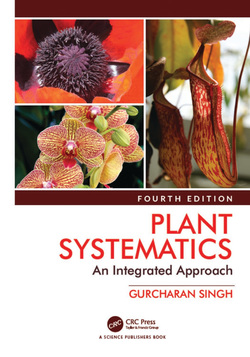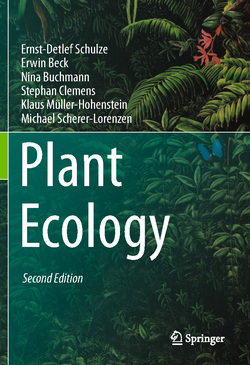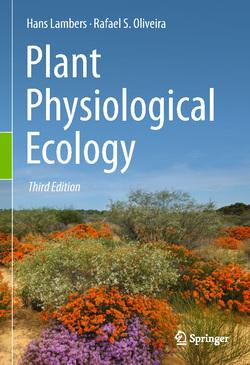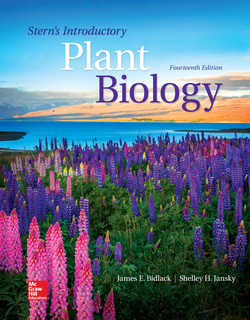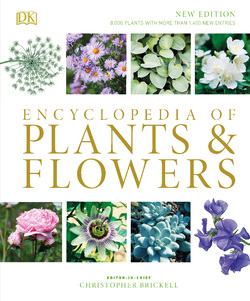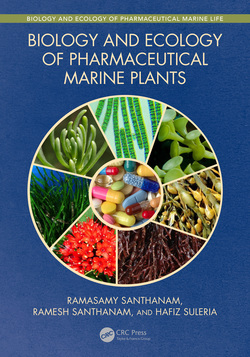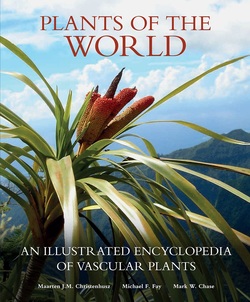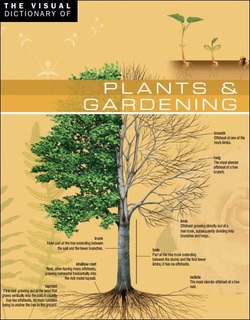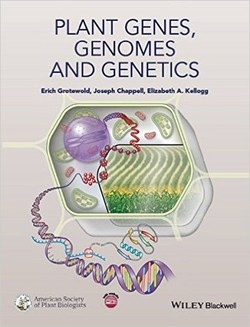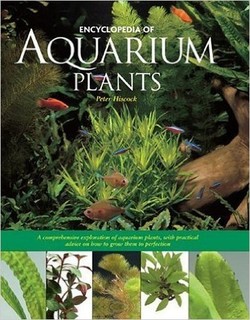زیست ارتباط گیاهان

گیاهان، ارگانیسمهای بیپایه و بسیار حساس هستند که بهطور فعال برای هر دو منابع زیستمحیطی بالا و زیر زمین رقابت میکنند. آنها محیط اطراف خود را ارزیابی میکنند، میزان انرژی مورد نیاز خود برای اهداف ویژه تخمین می زنند و پس از آن گونه مطلوب را تحقق میبخشند. آنها اقداماتی برای کنترل منابع زیستمحیطی خاص انجام میدهند. آنها خود را درک میکنند و میتوانند بین “خود” و “غیرخود” تمایز قائل شوند. آنها اطلاعات را پردازش و ارزیابی میکنند و سپس بر این اساس تغییر رفتار میدهند.
این کتاب، نحوه برقراری ارتباط ساکنان اکوسفر گیاه با یکدیگر بهمنظور هماهنگی الگوهای رفتاری خود و همچنین بهعنوان نقش ویروسها در این شبکههای بسیار تعاملی پویا را ثبت کرده است.
این کتاب، نحوه برقراری ارتباط ساکنان اکوسفر گیاه با یکدیگر بهمنظور هماهنگی الگوهای رفتاری خود و همچنین بهعنوان نقش ویروسها در این شبکههای بسیار تعاملی پویا را ثبت کرده است.
سال انتشار: 2012 | 397 صفحه | حجم فایل: 4 مگابایت | زبان: انگلیسی
Biocommunication of Plants (Signaling and Communication in Plants)
نویسنده
Guenther Witzany, Frantisek Baluska
ناشر
Springer
ISBN10:
3642235239
ISBN13:
9783642235238
قیمت: 16000 تومان
برچسبها: بیولوژی گیاهی Plants are sessile, highly sensitive organisms that actively compete for environmental resources both above and below the ground. They assess their surroundings, estimate how much energy they need for particular goals, and then realise the optimum variant. They take measures to control certain environmental resources. They perceive themselves and can distinguish between ‘self’ and ‘non-self’. They process and evaluate information and then modify their behaviour accordingly. These highly diverse competences are made possible by parallel sign(alling)-mediated communication processes within the plant body (intraorganismic), between the same, related and different species (interorganismic), and between plants and non-plant organisms (transorganismic). Intraorganismic communication involves sign-mediated interactions within cells (intracellular) and between cells (intercellular). This is crucial in coordinating growth and development, shape and dynamics. Such communication must function both on the local level and between widely separated plant parts. This allows plants to coordinate appropriate response behaviours in a differentiated manner, depending on their current developmental status and physiological influences. Lastly, this volume documents how plant ecosphere inhabitants communicate with each other to coordinate their behavioural patterns, as well as the role of viruses in these highly dynamic interactional networks.






